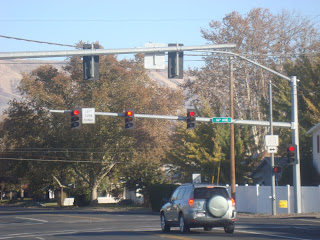
This is a picture of my sister’s messy room. She has no respect for any of her belongings and my parents keep giving her more and more. I, on the other hand, hoard and take care of what little possessions I have. No matter what my sister does my parents can’t seem to punish her, when I was her age they were a lot stricter. This scenario is like that of “The Parable of the Prodigal Son” in this short story a father of two sons divides up his earnings equally between his two sons. One son stays and home and works hard for his father, while the other goes and spends all his money frivolously. When a famine occurs in the country the second son comes home to his father so that he may have food to live. When the father sees his long lost son it is a large celebration. He is so happy to have his son back. The hard working son does not understand why his brother is so worthy of this attention. The father just says everyone should be glad the lost son is found.


The cow in this story symbolizes a great reward for the son coming home. They had a huge feast for the son who did nothing but spend all his money and come back home. Back when this story took place the cow was an important animal, used only on very special rare occasions.

The stop light illustrates how there is no black and white in life, or love for that matter. When the son comes back home his behaviors don’t matter to the father, he will be loved no matter what. There is no certain way humans have to act, we can all make our choices in life.

This is myself and my sister who represent the characters of the story, as I said above we are a good example of the theme of the story. This story is very universal it could happen at any point in time.























